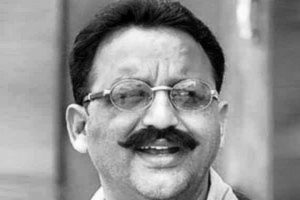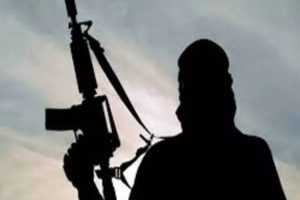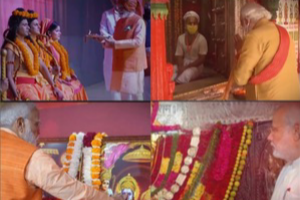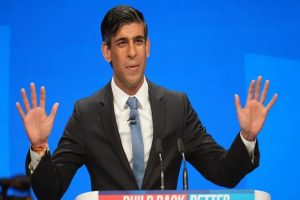Arecord 35 candidates have entered the field for the eighth presidential race in Sri Lanka to be held on 16 November. The main contest is going to be between Gotabaya Rajapaksa, a powerful former defence secretary and younger brother of former President Mahinda Rajapaksa, of the Sri Lanka Podujana Peramuna, a breakaway group of the SLFP, and Sajit Premadasa, son of the second President, the late Ranasinghe Premadasa and deputy leader of the United National Party.
The leftist Janatha Vimukthi Peramuna has fielded Anura Kumara Dissanayaka. A former MP of the Tamil National Alliance, MK Sivajilingam has also entered the fray as an independent candidate. Ever since Sri Lanka switched to the presidential form of government from the parliamentary system, the tie had been between the UNP and the Sri Lanka Freedom Party, except for the 2015 election when these two major parties jointly sponsored Maithripala Sirisena of the SLFP against Mahinda Rajapaksa who was seeking re-election for a third term which the Constitution did not permit.
Mahinda has the distinction of having been the President, the Prime Minister and the leader of the Opposition. In the event of Gotabaya’s win, he hopes to become Prime Minister again. The United Left Front, a constituent of the UNP-led United National Front, is being wooed by the JVP leader Dissanayaka. Rajapaksa and Premadasa are staunch upholders of the prevailing unitary system whereas the Tamils and other minority communities in the island nation want a federal system. If Dissanayaka takes a positive stand on devolution of power to provinces, he could win the support of civil society and the minority communities and make the contest a three-horse race.
A section of Tamils in the Northern and Eastern Provinces toyed with the idea of fielding a common Tamil candidate of their own in the 16 November presidential election. It was shot down by the TNA leader R Sampanthan. “As Tamil people we have our culture and heritage and a long history. We have endeavoured to resolve the national question through a reasonable and acceptable power-sharing arrangement. We want a solution within a united, undivided and indivisible Sri Lanka and want this country to prosper,” said Sampanthan. He regretted none of their efforts over the last three decades bore fruit.
An inclusive Constitution is a must for a multi-ethnic country like Sri Lanka. The international community helped the government of Sri Lanka to defeat LTTE, the Tamil rebel group. But even 10 years after the war ended nothing has moved so far. The international community has a responsibility and duty to ensure a reasonable and acceptable solution to the national problem. Sivajilingam’s entry in the race has put the TNA in a dilemma. It can make or mar the prospects of the main contenders for President.











